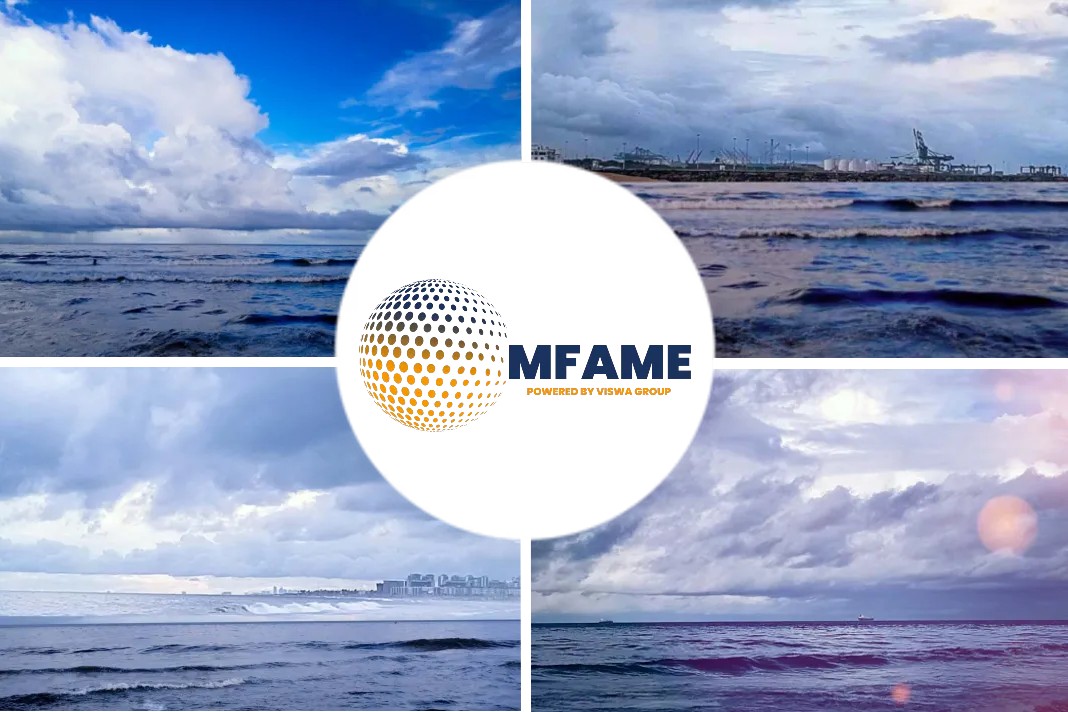
In January, 109 container ships waited off the California coast to unload cargo in Los Angeles and Long Beach, the nation’s two largest ports. Consumers, stuck at home amid the covid-19 pandemic, had unleashed an avalanche of orders for goods that overwhelmed factories and ports. Importers were paying upwards of $20,000 to send a single container from China to the United States — sometimes more than the goods inside were worth. Businesses had to back-order everything from bedroom furniture to kitchen fryers, if they could get them at all.
Supply Backlogs
Now, no freighters are lingering off the Southern California coast. Containers from China go for just $2,000. And restaurants can order fryers and other equipment, having the goods delivered in a couple of weeks. The supply backlogs of the past two years — and the delays, shortages and steep prices that came with them — have improved dramatically since summer. The web of factories, railroads, ports, warehouses and freight yards that link goods to customers has nearly returned to pre-pandemic conditions. “We are in a very different place than we were,” said Phil Levy, chief economist at the supply chain consultancy Flexport.
The easing of supply bottlenecks has begun to provide some relief from inflation that this year reached a four-decade peak, pummeling consumers and businesses. Progress has been modest and so far short-lived. Yet it’s still provided a glimmer of good news in the holiday shopping season: Gift items are much likelier to be in stock, perhaps at lower prices. The U.S. government’s latest inflation report showed that prices of toys, jewelry and girls’ apparel fell in October. “Supply chains are really not the problem anymore,” said Timothy Fiore, who leads the Institute for Supply Management’s manufacturing survey.
The main factor behind the improvement has been diminished demand for manufactured goods. Spending on goods has fallen for three straight quarters, according to the Commerce Department. Higher borrowing rates, engineered by the Federal Reserve to try to tame inflation, appears to have reduced Americans’ willingness to buy more nonessentials.
Avoiding Delays
At the sprawling Southern California ports, the shipping backup has eased in part because companies have sent cargo to Gulf Coast and Atlantic ports to avoid delays. Port Houston says its cargo volume is up 18% from this time last year. An index that measures demand for freight shipments had hit a high of 115 earlier this year; now it’s below the five-year average of 53.
“We’re returning to the mean and the trend lines that existed pre-covid,” said Chris Adderton, senior vice president for the Council of Supply Chain Management Professionals. In addition to the reduced demand that has lightened the strain on supply chains, ports have become more efficient. Additional ships have increased transportation options. When inflation first began surging last year, economists had mostly blamed snarled supply chains. Fed Chair Jerome Powell, echoing the views of many analysts, predicted that soaring prices would prove “transitory” and ease once it became easier and cheaper to ship products.
Other problems remain, too. A chronic shortage of computer chips, for example, will likely hamper auto production into 2024, Kristin Dziczek, an auto-policy adviser at the Fed Bank of Chicago, wrote in a recent paper. Although the shortage has eased, factories remain slowed by a lack of chips. Automakers are still struggling to acquire enough chips, largely because the number of semiconductors required per vehicle has multiplied.
What’s more, computer chips used for vehicle production are harder to manufacture than chips for consumer electronics because the former must be built to withstand heat, cold and vibration. Coronavirus lockdowns in China, along with the scattered public protests against them, are still expected to disrupt global production and shipping.
China rolled back restrictions on isolating people with the virus. The move will boost hopes that Beijing is scrapping its “zero covid” strategy, a moved expected to propel manufacturing and global trade.
Did you subscribe to our daily Newsletter?
It’s Free! Click here to Subscribe
Source: Nwaonline















